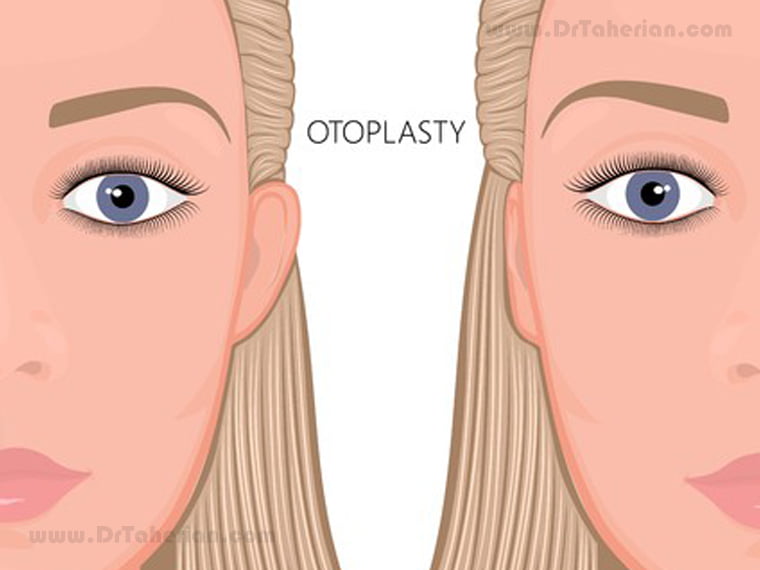It is a type of cosmetic surgery include to change the size, shape, and position of the ears. If you are unhappy with your ears which are stick out from your head, otoplasty is a good option for you. More addition if your ears are misshapen because of a birth defect or an injury, you can consider otoplasty. Usually, people can apply for otoplasty after age 5 which ears have reached their full size, although in some cases it can be done at age 3. Generally, you are a good candidate for otoplasty if your ears are large in proportion to your head or your ears are sticking out too far from your head and you are dissatisfied with previous ear surgery.
Benefits and risks of Otoplasty
Otoplasty procedure is associated with some risks and benefits the same as any other surgical operation.
Otoplasty provides you a number of benefits including emotionally and physically such as:
- It can correct a number of deformities like folded, cupped, protruding, cauliflower, small and very large ears.
- Increase self-confidence
- It is a relatively safe procedure
- Otoplasty surgery results are long-lasting with minimal complications
- This surgery can restore original shape after a trauma
There are also some possible risks with Otoplasty including:
- Asymmetry in-ear placement
- Scarring
- Overcorrection
- Problems with stitches
- Change in skin sensation
- Infection of the skin or cartilage of the ear
- Prolonged pain
- Permanent or temporary numbness of the skin of the ear or face
How to prepare for Otoplasty?

In the consultation session before the surgery, you should inform your doctor about your expectations of the otoplasty. Then with your doctor, you can decide which option is best for you. You need to plan to stay at home at least 5 days following the surgery. Children should stay home from school at least one week and avoid heavy activities and try to rest.
Depending on the complexity of your procedure, the otoplasty may last one to three hours. Usually, local anesthesia with a sedative or general anesthesia will be applied for adults. But children will receive general anesthesia to ensure they will be comfortable throughout the operation.
If you are receiving general anesthesia you should avoid eat and drink after midnight the night before the surgery as well as the morning of the surgery. Also, the last meal before the operation should be very light.
Different types of Otoplasty

There are three types of otoplasty surgery:
- Ear reduction. This surgery performs to reduce the size of the ears when ears are excessively big or protruding. Ear reduction surgery involves removing cartilage from behind the ear or removing excess skin.
- Ear pinning/pinback. This common cosmetic surgery changes the ear angle to balance the structure of the patient’s face. The procedure includes incisions behind the ear and folding the skin to bring the ear closer to the head.
- Ear augmentation. This surgery also known as microtia treatment, undertake for persons who have absent or underdeveloped ear pinna. In this condition, the surgeon applies cartilage from the ribcage or the other ear and molds it into an extension for the smaller ear.
Recovery time
The first week following the otoplasty surgery, your ear maybe drains a dark, thick substance along with blood. You can clean it with a peroxide solution. You should also avoid water to enter your ear because it can lead to infection. During the healing time try to keep clean any incision site behind or slightly inside the ear. More addition you shouldn’t do strenuous activities, sport and swimming and also don’t blow your nose for at least two weeks’ post-op the surgery. It is also recommended to do all the follow-up care and instructions following the surgery.




